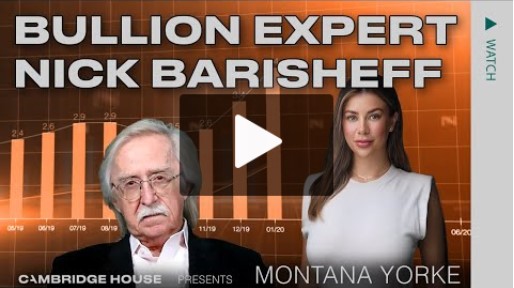You Think the Global Economy Is Brightening? Beware: The Big Hit Is Yet to Come
The comments below are an edited and abridged synopsis of an article by Thorsten Polleit
Economic analysts are optimistic; energy prices are decreasing; energy supplies seem secure. China is abandoning its zero-covid policy, and production is ramping up. Inflation is still a concern, but central banks are hiking interest rates to reduce currency devaluation. Can we say goodbye to crisis and recession worries? Unfortunately, no.

This is because there is a global contraction of the money supply. What does that mean? The real money supply represents the purchasing power of money. For example: You have $10.00, and one apple costs $1.00; you can buy ten apples. If the price increases to $2.00 per apple, the purchasing power of the $10.00 falls to five apples. The real money supply is determined by the interplay between the nominal money supply and the price of goods.
The real money supply can decrease when the nominal money supply goes down or goods prices rise, exactly what is currently happening around the world. The real money supply recently contracted by 7.3% year on year. There has never been anything like this before.
Polleit discusses central banks’ monetary policy; nominal money supply growth declining sharply; the contraction of output and employment; and the possibility of a recession.
“If central banks are not stopped from doing what they are doing—causing booms and busts by manipulating market interest rates downward and relentlessly expanding the quantity of money created out of thin air—their actions will eventually lead to a level of inflation well beyond what we have witnessed over the past year and a half. From this perspective, the sharply contracting real money stock in the world economy is—it has to be feared—the harbinger of a new round of super-easy monetary policy and super-high inflation, even hyperinflation, further down the road.”

